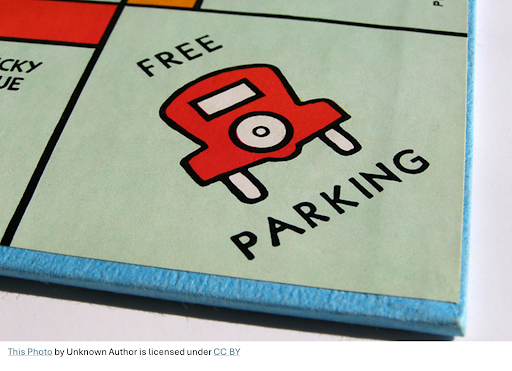The coronavirus pandemic has forced the shut-down of restaurants, coffee shops, hotels, schools and other businesses that are consistently purchasing large quantities of food from farmers. This has caused some of the nation’s largest farms to destroy millions of pounds of food as they are not receiving any orders.
The United Nations’ Food and Agriculture Organization (FAO) warned citizens that the pandemic may “trigger a looming food crisis” as there have been disruptions to the food supply and global trade due to border closures.
There would be major consequences of a food crisis such as citizens experiencing shortages of the most basic and staple food products like rice, milk and eggs. This would lead to an influx in prices of these food products, and it would cause a major strain in financially vulnerable communities.
Grocery stores are running out of food, but there are farmers around the world destroying crops they can no longer sell. This is a prime example of the discrepancies within food distribution.
This is an example of a lack of awareness and communication between citizens and farmers. Many people are extremely unaware of the growing food crisis, so they continue to hoard unnecessary products in the grocery store. Food banks and shelters are facing a shortage of food. Farmers have a large abundance of food but they have nothing left to do but destroy the crops.
There is an estimated 3.7 million gallons of milk dumped each day, according to Dairy Farmers of America, the nation’s largest dairy cooperative. This is because cows need to be milked multiple times a day, even if no one is purchasing their dairy products.
Dairymens processing plant in Cleveland produced 13,500 gallons everyday for Starbucks. Starbucks has limited their hours and moved to drive-thru and delivery only, decreasing the amount of orders to Dairymens.
Many people are rushing to grocery stores to stock up on more food than they need to sustain a healthy diet. A hoarder mentality has struck America, and canned goods, toilet paper and so much more are not being stocked fast enough to keep up with the large amount of orders.
These consumers will soon come to the harsh reality that they cannot eat this amount of food in such a short period of time without certain items spoiling and going to waste.
There are evident spikes in the purchase of food due to the heavy amount of people who are eating home. The main issue is that even though restaurants, hotels and schools have closed, the higher rates of home-cooked meals are not enough to take in all of the food that was planted weeks ago. They were intended for farmers’ number one clients—schools and businesses.
Farmers have been donating their large supply of perishable goods to food banks and Meals on Wheels programs, but there is only so much refrigerator space and volunteers to take in this abundance of food.
The U.S. has always struggled with food waste and insecurity, and it is even more apparent now during the pandemic. These are telling signs on how difficult it will be to return to normal life, especially for the agriculture sector. This moment in history will leave an everlasting impact on our world and how the food industry continues its operations, and people should be worried. Normally, the U.S. wastes 40 percent, so 63 million tons of its food annually, as the main source of food waste is within America’s households.
This is an issue that should not remain overlooked, as farmers are experiencing a threat to their livelihood and vulnerable communities are lacking the basic essentials needed to survive during this pandemic.











